Finding Ways to Keep Flying
The A-26 was the last twin-engine propeller-driven bomber produced for the USAAF and was one of the few wartime aircraft types still in service with the post-war US Air Force. In all, Douglas produced 2,503 A-26/B-26 Invaders. The US military retired their last Invader in 1972. Quite a few Invaders ended up in civil hands. On Mark Engineering converted many private B-26s into plush executive transports like the On Mark Executive beginning in 1956, the On Mark Marketeer beginning in 1957, and the pressurized On Mark Marksman beginning in 1961. Standard mods done by On Mark and few other firms included removal of military mission equipment, addition of six to eight seats in the aft fuselage, and provision of easy access to the new aft seating area.
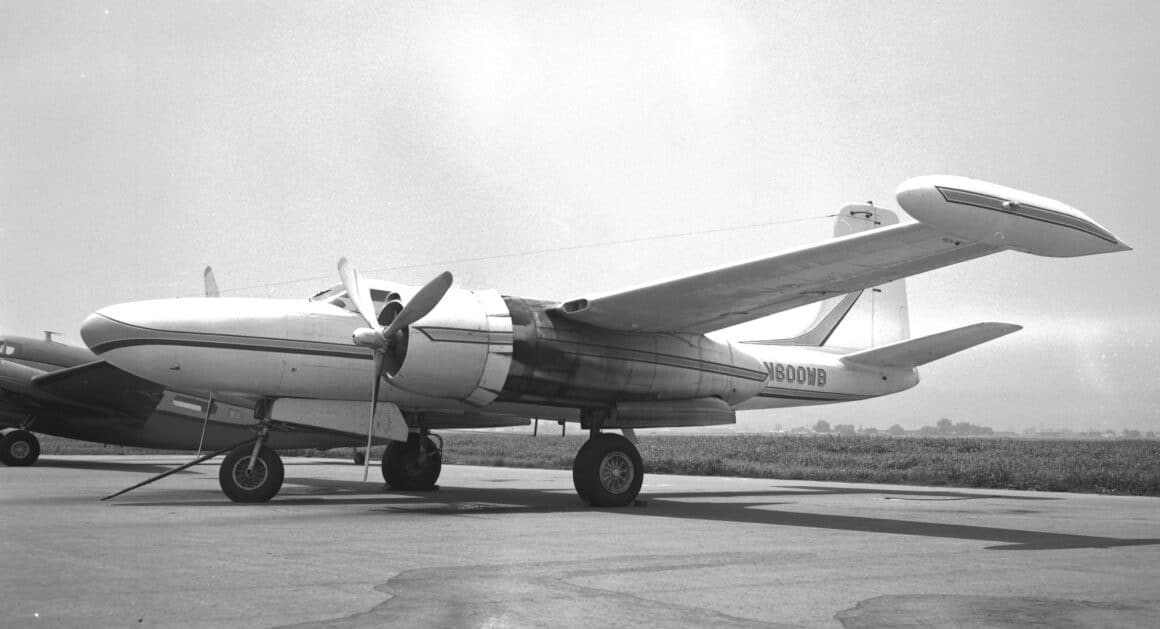
To the Video
Enjoy this video of an Invader warbird uploaded to Youtube by AirshowStuffVideos.
[youtube id=”1szm0277C28″ width=”800″ height=”454″ position=”left”]
Invader Trivia
The A-26/B-26 has starred in a number of movies and televisions shows. The films A Time to Die (1982 Carnation International), Always (1989 Universal), Badlands (1973 Warner Bros.), Cash McCall (1960 Warner Bros.), Havana (1990 Universal), One Six Right- The Romance of Flying (2005 Terwilliger), Promise at Dawn (1970 AVCO Embassy), Sayonara (1957 Warner Bros.), The Train (1964 United Artists), and the 1972 A Flight of Hawks episode of the television series Cannon.
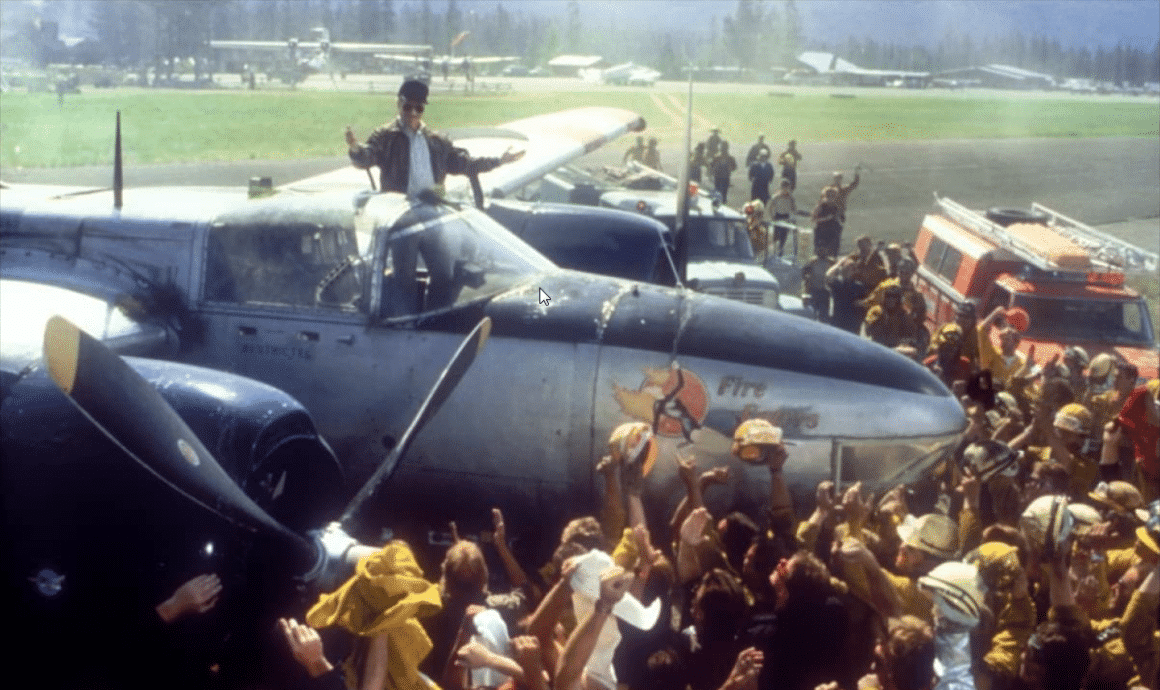
Always featured A-26C SN 44-35721 as Tanker 57, A-26B SN 44-34121 as Tanker 58, and TB-26C SN 44-35371 as Tanker 59. In Badlands, A-26B 43-SN 22523 picks up Kit after his capture. Cash McCall stars A-26B SN 44-34713. Havana features A-26B SN 44-34766 and A-26B SN 44-35643. One Six Right- The Romance of Flying also features A-26B SN 44-34766.
US Navy Utility squadrons employed Invaders for towing targets and drone control. The Navy designated their Invaders as JD-1 (target towing/utility) and JD-1D (drone control) until 1962, when the JD-1s were redesignated UB-26Js and JD-1Ds became DB-26Js.
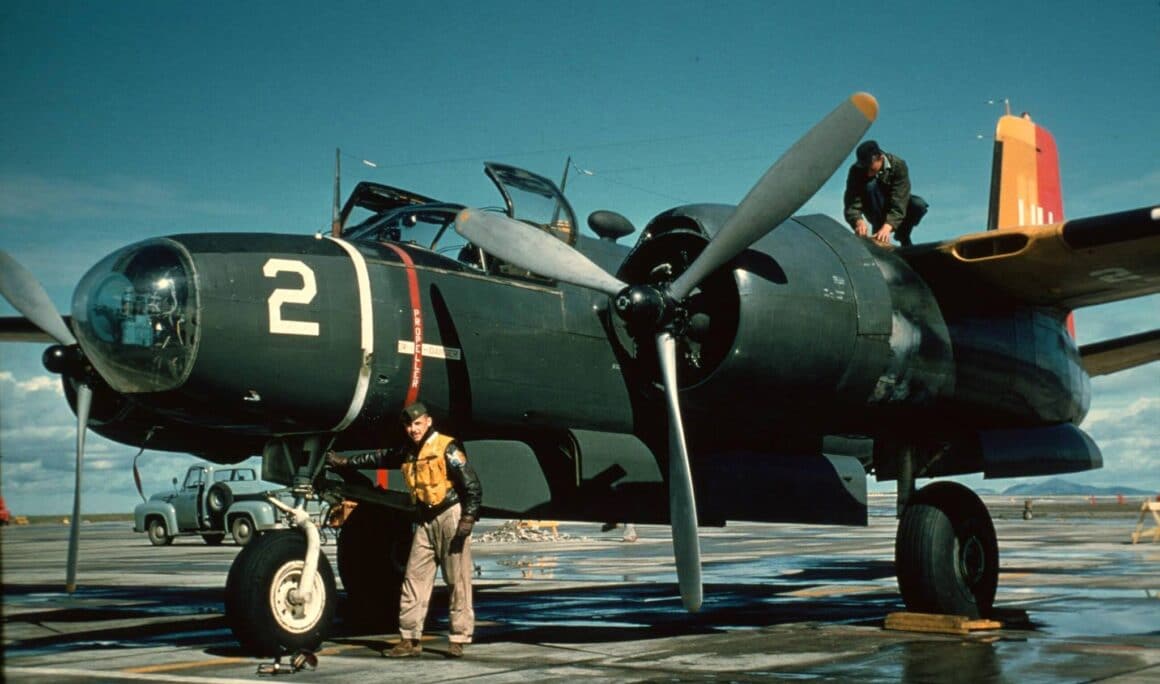
Douglas looked at building a night fighter version of the A-26 (similar to the P-70 night fighter version of their A-20 Havoc). The XA-26A was equipped with radar and a ventral 20 millimeter cannon package. Northrop’s P-61 Black Widow was holding down the night fighter job so the A-26A didn’t make it to production. But…
…When Air Commando B-26Ks began operating from Thailand in 1966 they were redesignated A-26A for political reasons. The A-26A/B-26Ks were retired in 1969.
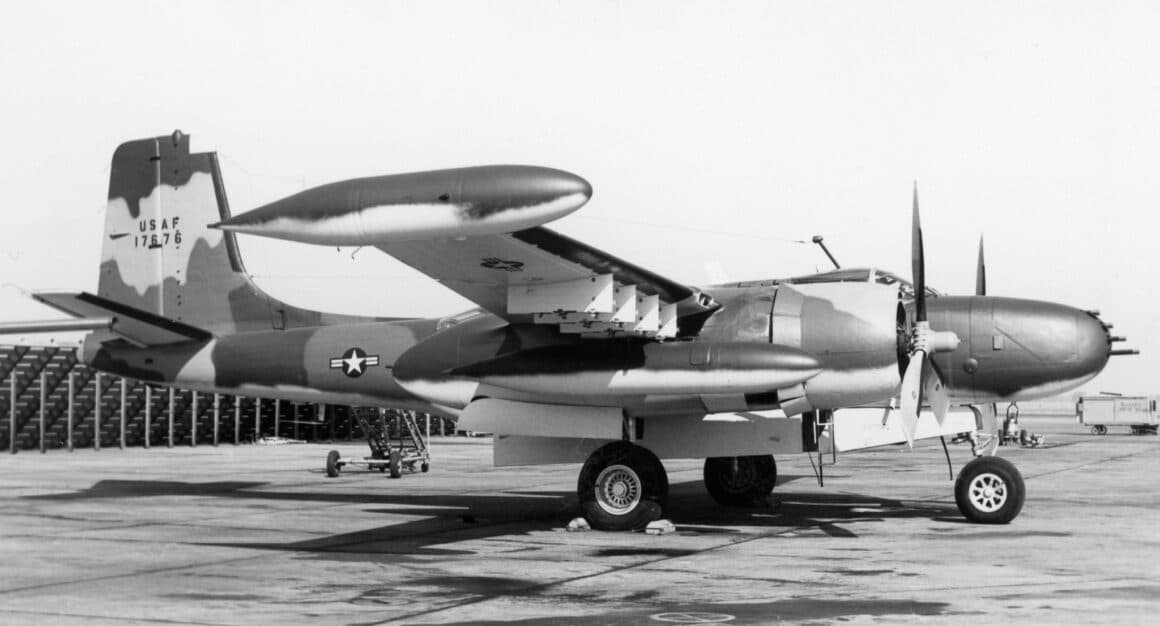
The XA-26F was a prototype featuring uprated P&W R-2800 engines and a General Electric J31 turbojet installed in the aft fuselage. The prototype reached 435 mile per hour but the project was cancelled.
B-26s were also used for testing of such things as supply container drops, spinning bouncing bombs (the Speedee), ramjet engines, electronic warfare equipment, drogue parachutes (using an Invader without outer wing panels allowing high taxi speeds), the Navy’s buddy tank refueling system, and ejection seats.
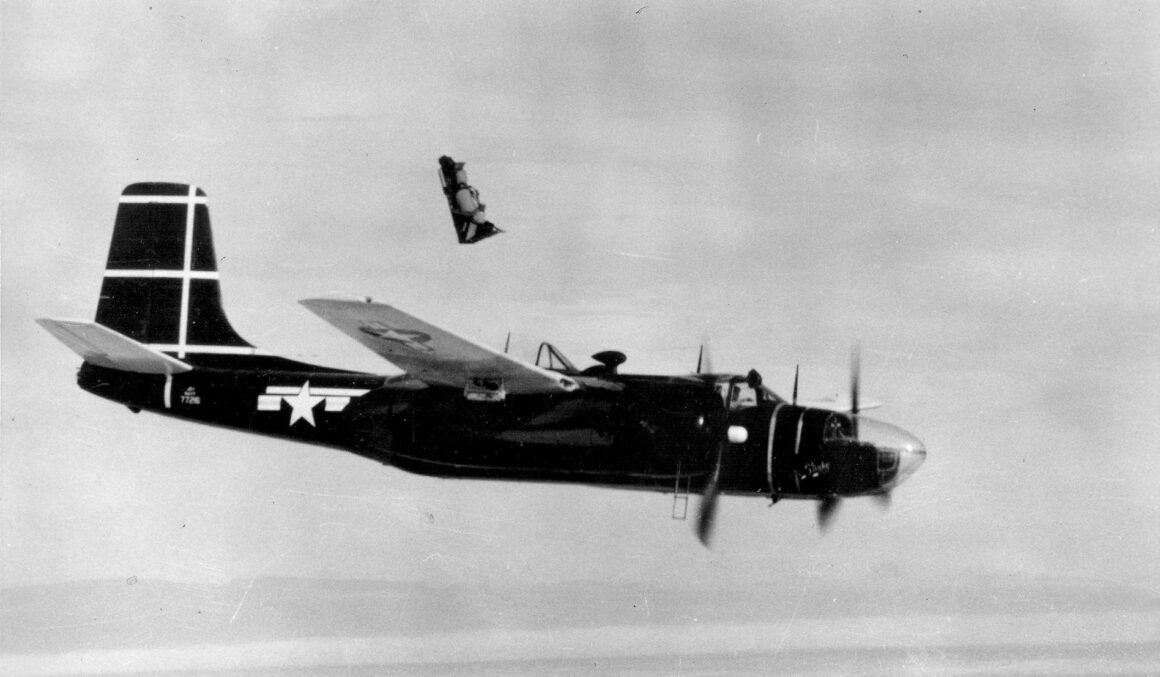
Beginning in 1951 the French were supplied with a total of 111 B-26s and RB-26s from USAF stocks to support the French war in Indochina. The surviving airframes were returned to the US Air Force after the 1954 cease fire was declared. After that the French bought up many of the available surplus airframes. France used Invaders for equipment and electronics trials, towing targets, and as trainers. France phased out the last of their Invaders in 1968.
Other foreign Invader users included Brazil, Chile, Cuba, the Dominican Republic, El Salvador, Guatemala, Honduras, Indonesia, Nicaragua, Portugal, Saudi Arabia, and Turkey. Many of the B-26s serving down Central and South America way were eventually upgraded to the B-26K specification. The last of the Invaders were withdrawn from service by the early 1980s.

The CIA was quietly (or not so quietly) a heavy use of the Invader. Taiwanese B-26s performing covert night missions over mainland China did so under CIA control, who shared the “take” from the missions. The CIA supplied about 20 B-26s used by the Cubans fighting for their country’s freedom during the ill-fated Bay of Pigs invasion of Cuba in 1961. The CIA also used B-26s in the Congo during the early 1960s.
The last B-26 in active US military service was a VB-26B (SN 44-34160) operated by the Air National Guard. In 1972 the aircraft was retired and donated by the US Air Force to the National Air and Space Museum.
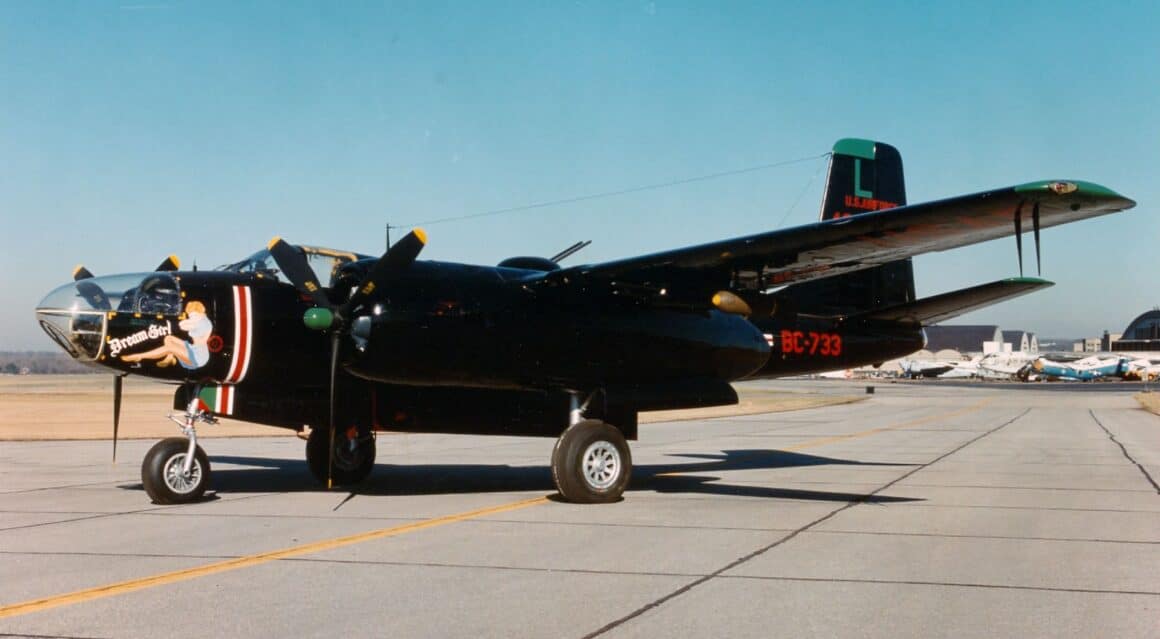
In 1947 a privately owned A-26B named Reynolds Bombshell broke Howard Hughes’ prewar around-the-world speed record. Twice. The first time pilot Bill Oden circumnavigated the globe in a shade under 79 hours. The second time he took slightly more than 73 hours to circle the planet.
